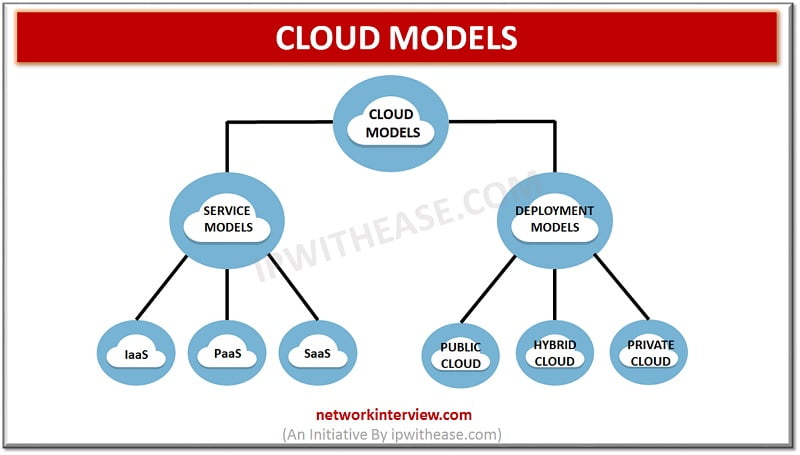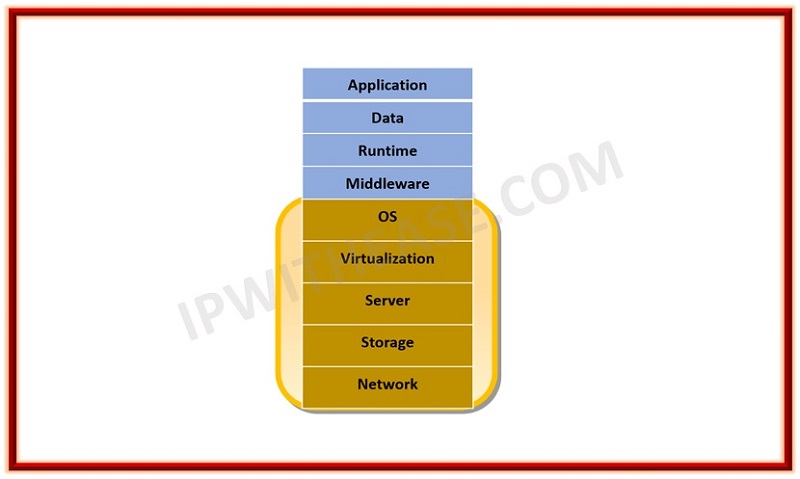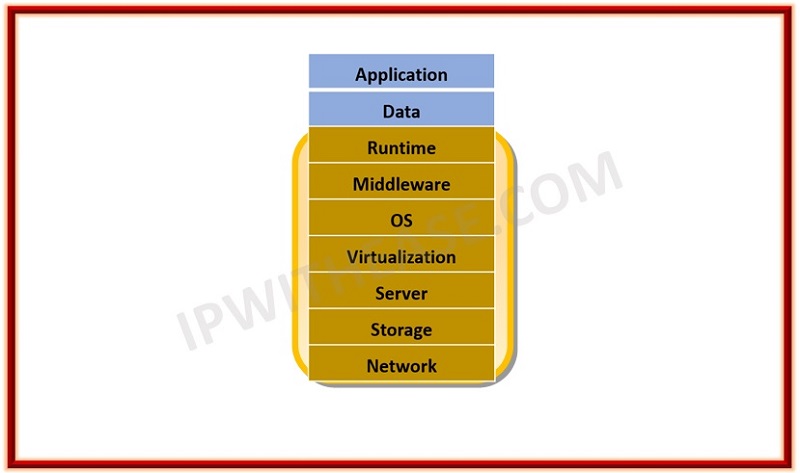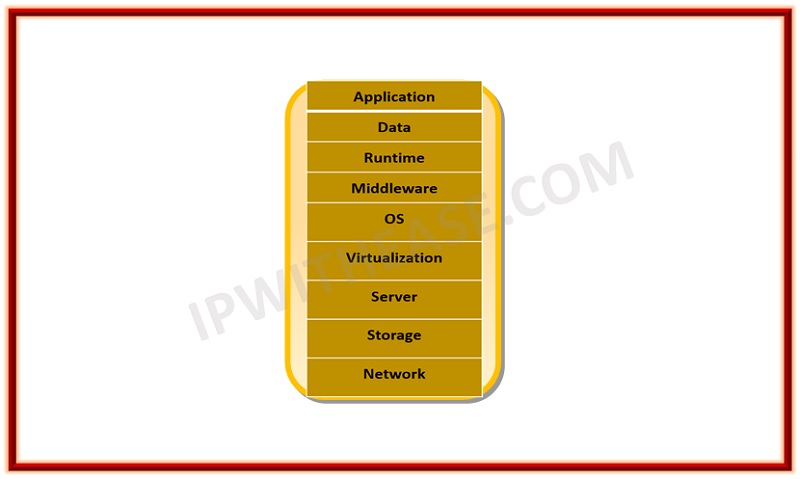
Cloud Models
Cloud computing and related services have been one of the most talked about keyword in the IT world. In this article, we will discuss around cloud computing models.
Primarily, Cloud Models are of 2 types –
- Service Model’s
- Deployment models.
These 2 models specify the service which is delivered by service provider. Now, let’s understand both models in detail.
SERVICE MODELS
There are three types of services in service model –
- IaaS (Infrastructure as a service)
- PaaS (Platform as a service)
- SaaS (Software as a service)
Below is the brief understanding of three modules under this service model.
IaaS (Infrastructure as a service)
In this case, service provider delivers customer an infrastructure to be used according to customer specific requirement. For example – Customer A asks for a database server or wanted to host a website. Service provider provides with a new server (infrastructure) which is under full control of customer. Customer can further choose to have the type of service running on it. Further, there is no need of worrying about the underlying physical machine – that’s the service provider’s responsibility as they are providing/managing virtualized computing resources over the internet.
Examples: – AWS EC2, Rackspace, Google Compute Engine (GCE), Digital Ocean, Magento 1 Enterprise Edition*.
Features of IaaS
- Highly flexible and scalable.
- Accessible by multiple users.
- Cost-effective.

PaaS (Platform as a service)
In this type of service, provider renders you the platform to work as they are now responsible for managing the server. For requirements like an application in Java or a database, Service provider provide us an option, where we just upload the website/ files and within few minutes the website is on internet or database server is ready. You don’t have any control underlying architecture including operating systems, storage, servers etc. The provider gives the discretion to deploy customer created application using programming languages. Tools etc. are provided by the cloud provider.
Examples: – AWS Elastic Beanstalk, Heroku, Windows Azure (mostly used as PaaS), Force.com, OpenShift, Apache Stratos, Magento Commerce Cloud
Features of PaaS
- Accessible by multiple users.
- Scalable – you can choose from various tiers of resources to suit the size of your business.
- Built on virtualization technology.
- Easy to run without extensive system administration knowledge.

SaaS (Software as a service)
Customer doesn’t get to manage anything and every service is managed by the cloud service provider. Use the software as you want and delete the subscription when no more required.
Examples: – BigCommerce, Google Apps, Salesforce, Dropbox, MailChimp, ZenDesk, DocuSign, Slack, Hubspot
Features of SaaS
- You don’t need to run or install software on your computer.
- You have account ready on the internet, Just login in and communicate
- Easy access the software from any device.

DEPLOYMENT MODELS
There are three types of deployment models
- Public Cloud
- Private Cloud
- Hybrid Cloud.
Public cloud
In this cloud deployment type, the server is shared with another host on the cloud. Server OS/Process/Memory are shared on one server, Infact there may be hundreds of OS which are virtualized ie Your server is not a standalone server.
- Risk of security and privacy is less when compared to Private cloud
- Customization is less
- Cost of less as your server is shared with many users
Private Cloud
In this cloud deployment type, your server is not shared with any customer on the cloud. Your server is standalone and Service provider gives you the server ready with OS and ensures that server data will be secured and saved as many companies have policy of data confidentiality and should not be hosted on the public cloud. In Private cloud you can host your own server/buy the server and deploy the application. That part of cloud will be manageable by you.
- Risk of security and privacy is somewhere high
- Customization is more
- Cost is more as you have adopted a standalone server.
Hybrid cloud
It is a Mixture of Private and Public cloud. For application where combination of both public and private cloud is used, then you are using hybrid cloud. Let’s take an instance where you wanted to host a website, however at the same time you have data which is confidential, and you don’t want to expose to the internet as per company policies. You can use a host on your own server by using private cloud.






